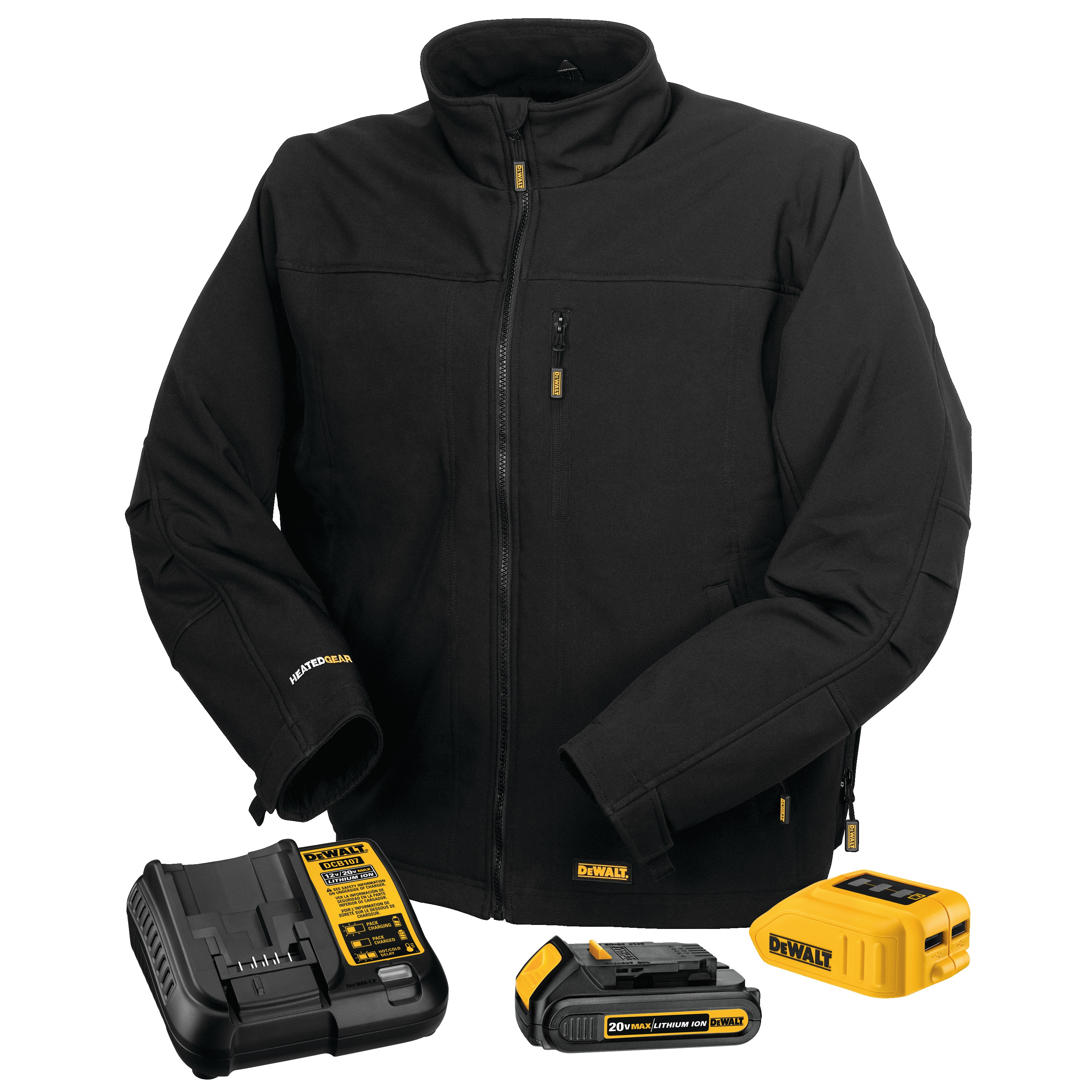As the outdoor industry gets ready for winter, demand for clothing that is heated continues to increase. It can be a little daunting knowing what’s going to work for you, so here’s an easy guide on what to look for in a vest or jacket based on your usage plans.
1. Size and Fit of the Jacket
Although sizing varies by retailer, your jacket must fit properly so that the heat elements inside are able to do their work. Therefore, always refer to the size chart provided by the manufacturer on their site, and should you be unsure about which size to choose, go to the smaller size.
Keep in mind, however, that not all jackets are created for warmth. They typically have less insulation than other more serious winter cycling clothing. If you feel like your current jacket is just not adequate in the colder months look into a more robust winter-time cycling jacket.
2. Thermal Layers
Most heated jackets require need for an additional layer under to help shield your body from the elements of heat inside. Thinsulate is a favorite choice to cover these layers. It is lightweight and can hold heat efficiently. It is likely that you will be wearing this layer over your skin, as you do not want it to rub up against the jacket’s surface. If you’re thinking of buying an item with heating that does not include an extra layer of warmth, you should be aware that extra layers may be necessary.

3. Charging Time & Battery Life
All the jackets we have listed in the table above are supplied with their charger and battery pack. Certain batteries are fully charged in under two hours, while other require eight. The longer your jacket is stuffed with heat, the longer it’ll take for it to fully charge. If you are in a situation that there’s no space to plug in your charger an external battery charger is a good option to give your battery some more juice.
Also, take note of the estimated life of the batteries for each jacket, to know how long you’ll remain comfortably warm prior to recharging or swapping batteries. If possible, try and select a jacket with Lithium-ion batteriessince they tend to keep their charge longer than other rechargeable batteries.
4. Heating Levels
The majority of jackets that we’ve looked at have both high and low heating settings. The low setting is adequate if you intend to only stay outside for a few minutes and you want to save energy. However, if you’re planning to go on a long trip or anticipate riding at higher speeds, it is recommended to go with the higher setting.
5. Comfort Controls
Although many of the jackets have an integrated remote control or controller, it is essential to have some kind of control over how much warmth your jacket produces. This way, if you’re traveling from a hot space to a cold one and you start to feel cold as soon as you turn your jacket off. All heated jackets should be equipped with a temperature control.
6. Battery Life Indicator
It can be frustrating to find that your battery is dead right before you get back home, the same way as the gas tank in your car. One method to avoid this situation is by checking the battery life indicator before leaving for your bike ride , and making sure it is fully charged. Certain jackets will tell you how long your battery will last depending on the level of heat you choose to ensure that you don’t be stuck in the cold without any warning.
7. Fit and Style
Always keep in mind what kind of activities you will be using your heated jacket for. A loose cut is ideal for those who plan to use it for outdoor activities. A tailored jacket is best when you’re searching for something versatile that can be worn every day.
For more information, click men’s heated jacket